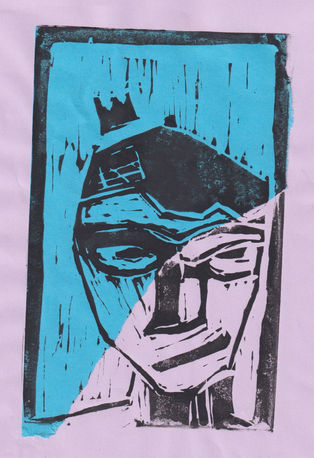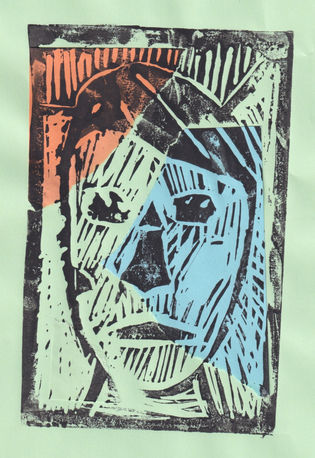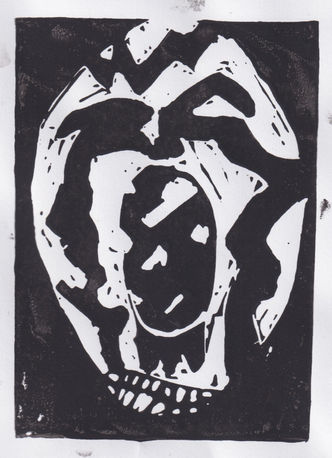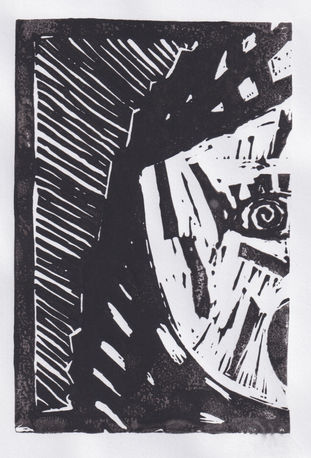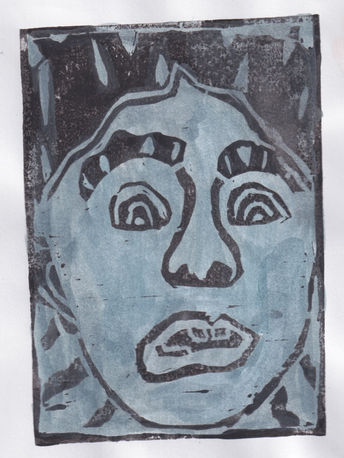botanical watercolours
Students studied The Renaissance and explored the ways in which art and culture saw a ‘re-birth’ during this period. They studied Dutch Delftware tiles and drew inspiration from the stylistic interpretations of tulips and various corner designs. This is reflected in their own watercolour paintings that are based on native Australian flora.
botanical shim
In a captivating fusion of nature and creativity, Year 7 Visual Arts students have embarked on an exciting artistic journey inspired by botany, the Renaissance and the art practice of Australian artist and jeweller Julie Blyfield. Through the use of metal shim, a versatile material, students unleashed their imaginations, resulting in some impressive artworks.
Metal shim is a thin and pliable sheet of metal. Its flexibility and malleability allows students to sculpt and shape it into delicate botanical forms. From intricate flowers and leaves to fascinating seed pods, the students have explored the diverse textures and shapes found in the natural world. The shimmering metallic surface of the metal shim adds an ethereal touch, lending a captivating allure to their artwork.
Students drew inspiration from the rich tapestry of Australia’s native botanical wonders that surround us. They delved into the study of various plant species, examining their intricate details and observing the interplay of light and shadow on their surfaces. Armed with this knowledge, they ventured into the realm of artistic expression, capturing the essence of botanical beauty through their metal shim creations. By meticulously recreating the delicate forms and textures found in nature, they paid homage to the remarkable diversity of plant life.
Working with metal shim presented its own set of challenges and rewards. Students learned to manipulate the material, using cutters and embossing tools to add depth and dimension to their artwork. Throughout the process, students honed their technical skills and developed a keen eye for detail. The experience allowed them to explore new avenues of creativity and witness the transformation of humble metal shim into extraordinary botanical sculptures.
expressionist printmaking
Through studying the various artistic responses made to the 1st World War, students developed an understanding of the role that Expressionism played in capturing and communicating new ideas in the early 20th century. Starting with a 'selfie', students were then able to apply their knowledge of Expressionism to the development of their own expressionist lino print.





















































